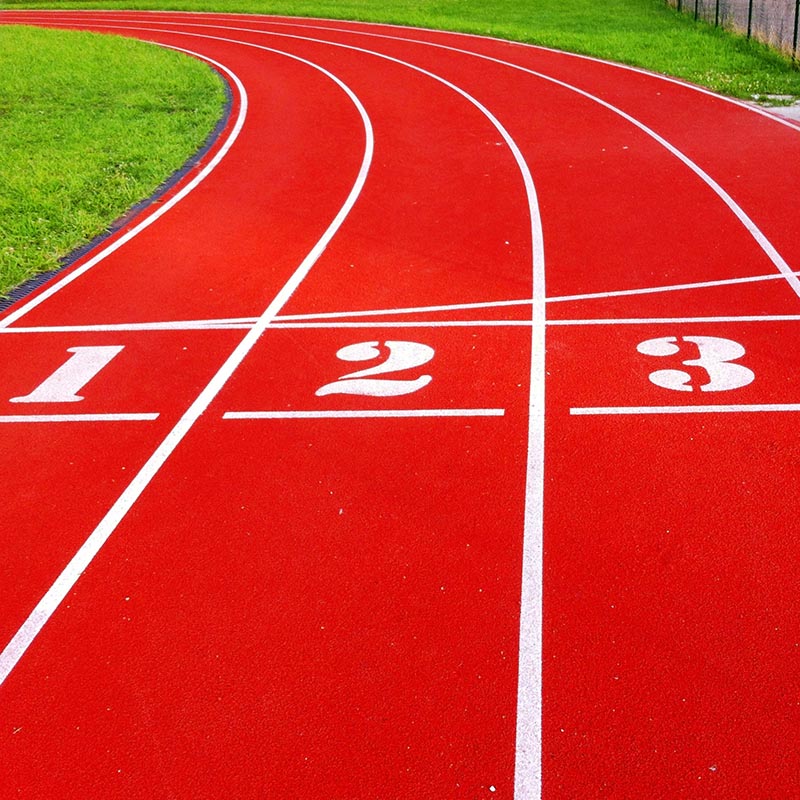
By: Nellie N.
Year: 2022
School: Westminster High School
Grade: 11
Science Teacher: Huy Pham
On average, 57 percent of students partake in athletic activities in addition to their academic coursework (Riser-Kositsky). Typically, students spend at least 10 hours per week participating in athletic activities, whether it is for practice or a competitive game, becoming an integral part of their lives.
There are many health benefits to staying physically active, including a stronger immune system and better cognitive performance. But according to the CDC, 90 percent of athletic students also suffer from injuries (“The Benefits of Physical Activity”). The CDC also reveals that high school students account for approximately 2 million injuries annually (“Sports-Related Injuries among…”). In an injured state, student athletes are unable to be as physically active as usual. As a result, they may not receive the same level of benefits from their athletic activities. Therefore, Nellie wanted to explore the extent of how athletic injuries impact a student’s memory performance and reaction time, thinking that head injuries will lead to impaired memory performance, while muscle strains, limb injuries, and stress fractures will impact reaction time.
Injuries from physical activity can lower the health benefits that students receive from frequent exercise, which may impact their academic performance and cognitive functioning. The purpose of the research is to assess the extent to which injuries impact a student’s life in school. Nellie used survey forms to find participants and collect information about their level of physical activity, injuries, and more. The data mainly came from the results of two reaction time tests and a semantic memory assessment, which was conducted over a 48 hour period. After completing the project, Nellie found that my results suggest that an injury could hinder an athlete’s memory performance, and that an injury had no clear effect on reaction time.
Results and Data Analysis:
Out of 10 athletes, only 5 remained consistently injured throughout the experiment. Of these 5, two experienced stress fractures, two experienced strained muscles, and one experienced soreness/bruising. All participants rated their stress levels from 3 to 5 (on a 1 to 5 scale).
Non-athletes had an average reaction time of 0.401 second for test one and 1.135 second for test two. Injured athletes have a reaction time of 0.324 second and 0.837 second. Non-injured athletes have a reaction time of 0.317 second for test one and 0.944 second for test two.
